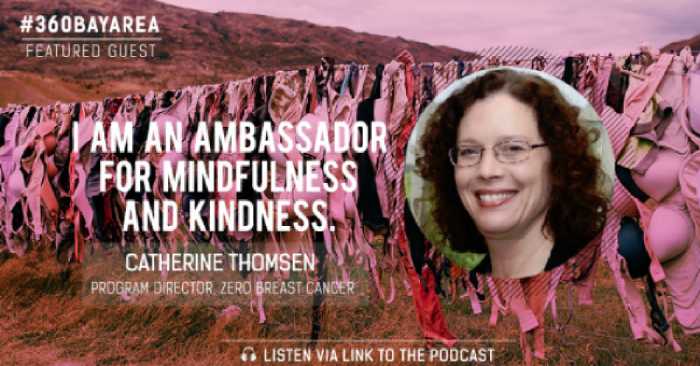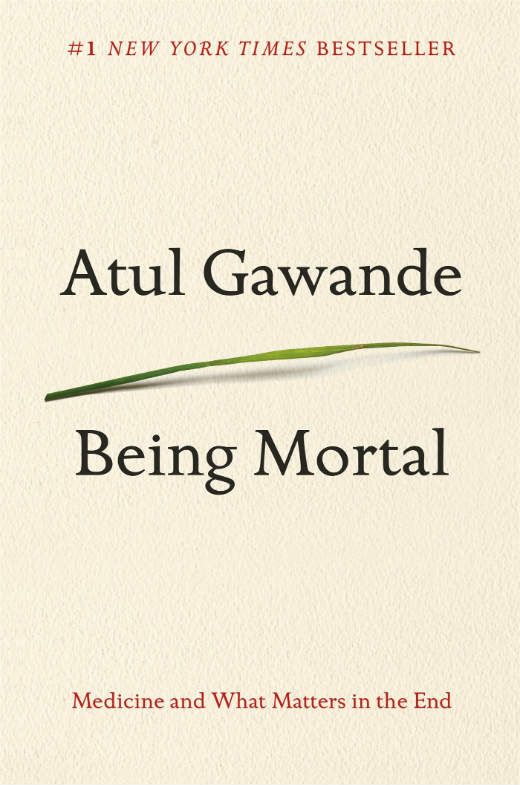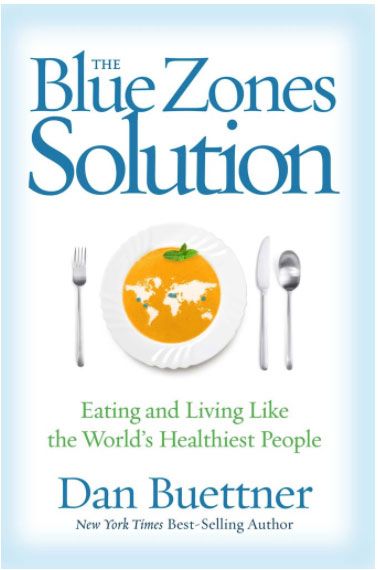Blog
- Details

Zero Breast Cancer is excited to share that our Program Director, Catherine Thomsen, is a featured guest on the November 360BayArea podcast. Titled Beyond the Pink, the episode explores the breast cancer topic from unique angles that go beyond the pink ribbon in order to understand genuine and diverse personal experiences of women who are diagnosed or had loved ones who have had breast cancer.
- Details
Thanks to Janelle for giving us permission to share her story.
"You're such a delicate creature. You need to think about all the delicacies of being a woman."
- Random Doctor, after tossing a breast implant at me
So, this was my most recent Me Too moment - navigating the male-centric world of cancer treatment.
I'd kept my diagnosis pretty private for the first couple of months while I processed, letting only those closest to me know. Some women are so brave to share their story, I haven't been one of them. I knew I didn't want this disease to own or define me, and so I’ve taken my time in deciding how to speak about it -and Breast Cancer Awareness Month and all the countless other women sharing their Me Too stories gave me some courage.
- Details
This inspiring post is from our Executive Director's cousin, Jo Gordon, with our thanks.

Several months after my dad died – 13 whiplash years ago – I was driving home from the gym one evening when a Josh Groban song began playing on the radio, Where You Are. Sitting at a red light, the mournful music washed over me. One verse gripped my heart, and squeezed and squeezed: Fly me up to where you are, beyond the distant star I wish upon tonight, to see you smile, if only for awhile to know you’re there, a breath away’s not far to where you are.
I started to cry in a way I hadn’t before – not on hearing the news of dad’s sudden death, not standing at his gravesite on a chilly Johannesburg morning as kaddish was recited, not at the prayer service that evening, not as I waded through his closet, setting aside small treasures and throwing out boxes of boxes and bags of bags; not even that impressive collection of emptiness that he had stored so fastidiously for so long had been my undoing. But this one line in this one song wrung me out.
- Details

Research that began with the Marin Women’s Study has now been duplicated in the larger California Teachers Study, demonstrating that women who develop hypertension in pregnancy and carry a common gene variant have up to a 90% lower breast cancer risk.
“This research could contribute to understanding the key impact of pregnancy on breast cancer risk, and may help explain why some women are protected while others are not,” said lead researcher Mark Powell, MD, MPH, visiting scientist at the Buck Institute and Director of the Breast Cancer Prevention Project.



